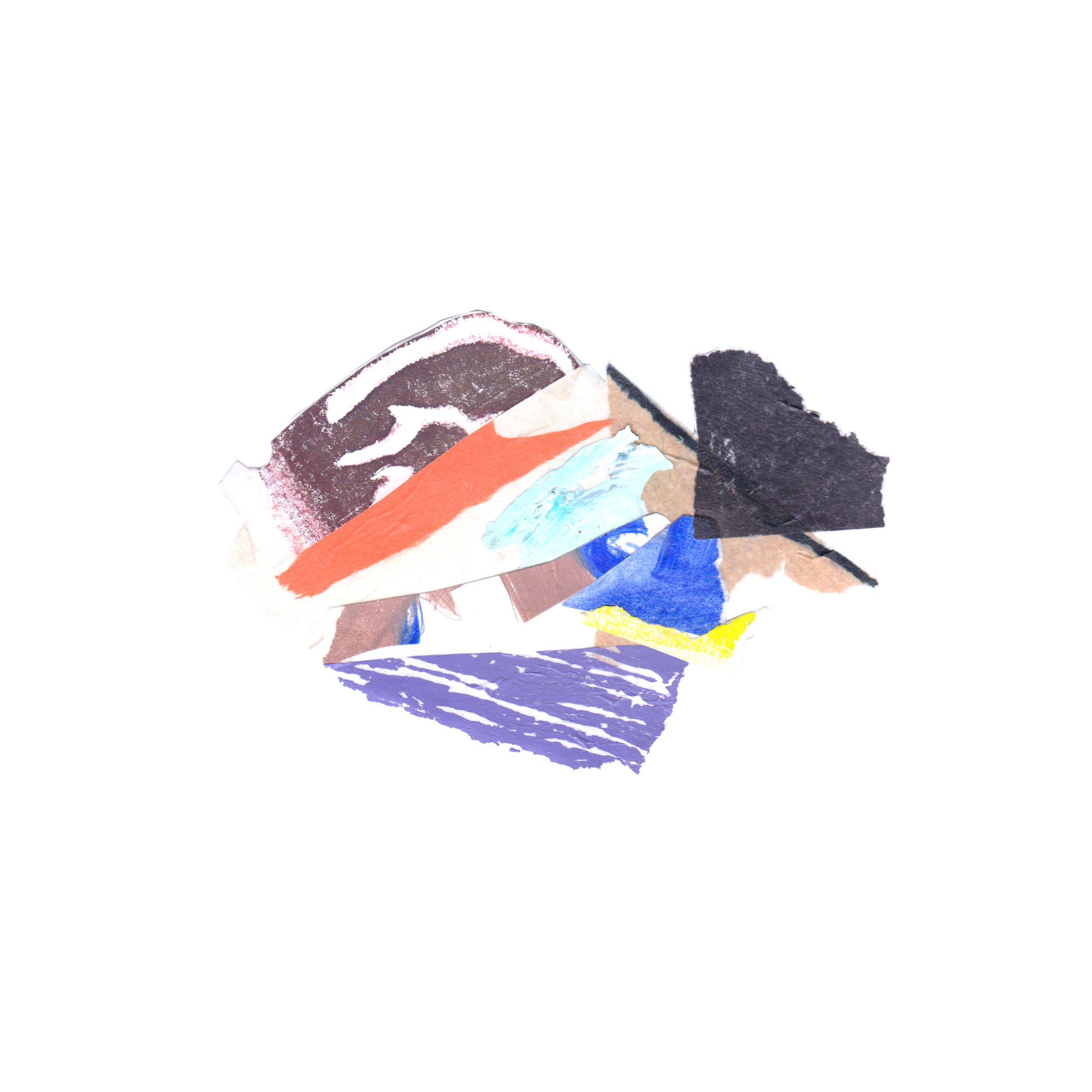The Little Things (2020)
The Little Things is a series of 102 small works inspired by the cyclical nature of matter and the interconnectedness of all that inhabits Earth. Just as planetary substances cycle, break down, and rearrange into new beings, these collages are formed from excess materials that have been reused and wittled down over time. As a result, each collage is unique yet still composed of common materials, which can be recognized throughout the series.
All of the bits and pieces are found or are sourced from previous projects. The smallest scraps, which are often overlooked or discarded, are intentionally selected as the building blocks for this series.
The process of repurposing these materials into new forms is deeply rewarding, akin to uncovering layers of history within each piece. As the scraps diminish in size over years of reuse, they gain a sense of magic and significance in their renewed purpose, becoming sedimentary objects with nonlinear histories.






























